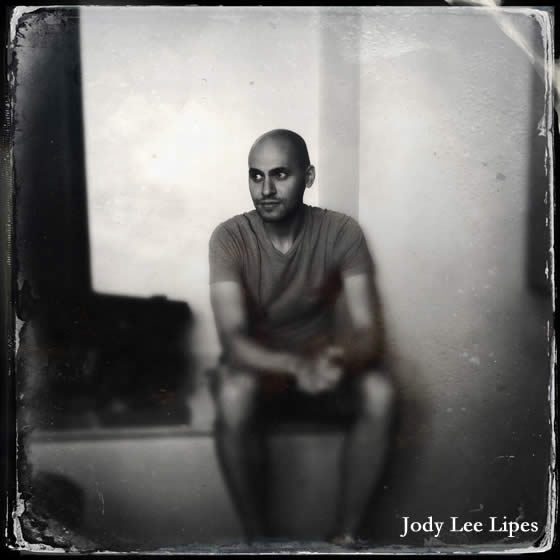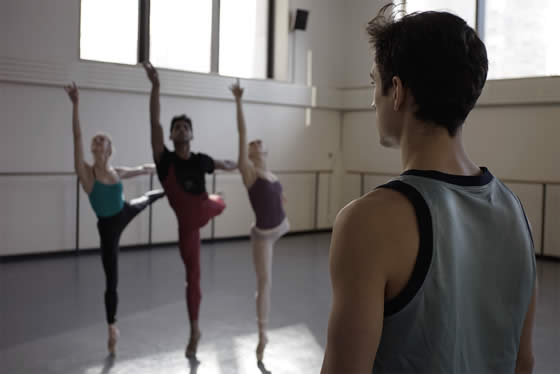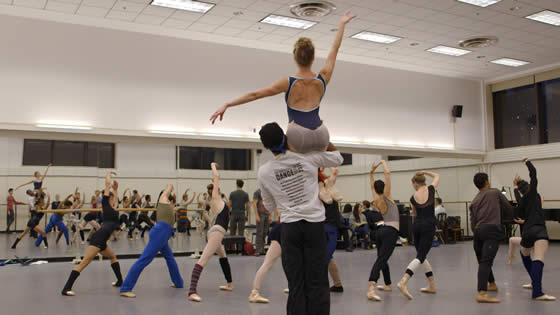 From first rehearsal to world premiere, BALLET 422 takes us backstage at New York City Ballet as Justin Peck, a young up-and-coming choreographer, crafts a new work. BALLET 422 illuminates the process behind the creation of a single ballet within the ongoing cycle of work at one of the world’s great ballet companies.
From first rehearsal to world premiere, BALLET 422 takes us backstage at New York City Ballet as Justin Peck, a young up-and-coming choreographer, crafts a new work. BALLET 422 illuminates the process behind the creation of a single ballet within the ongoing cycle of work at one of the world’s great ballet companies.
New York City Ballet, under the artistic direction of Ballet Master in Chief Peter Martins, boasts a roster of more than 90 dancers and a repertory of works by many of the greatest choreographers in the history of the art form. When 25-year-old NYCB dancer Justin Peck begins to emerge as a promising young choreographer, he is commissioned to create a new ballet for the Company’s 2013 Winter Season. With unprecedented access to an elite world, the film follows Peck as he collaborates with musicians, lighting designers, costume designers and his fellow dancers to create Paz de la Jolla, NYCB’s 422nd new ballet. BALLET 422 is an unembellished vérité portrait of a process that has never before been documented at New York City Ballet in its entirety.
Jody Lee Lipes’ directing credits include HBO’s GIRLS, Primetime Emmy nominee and Golden Globe winner for Best Comedy Series 2012; NY EXPORT: OPUS JAZZ, a scripted adaptation of a Jerome Robbins’ ballet that won an Audience Award at the 2010 SXSW Film Festival; documentary BROCK ENRIGHT: GOOD TIMES WILL NEVER BE THE SAME, which premiered at SXSW 2009; and the forthcoming vérité documentary BALLET 422, which follows the creation of a single New York City Ballet production from first rehearsal through world premiere. He is currently developing CONFEDERACY, his first feature-length screenplay, which was selected for the 2012 Sundance Directors Lab.
Bijan Tehrani: What originally encouraged you to make BALLET 422?
Jody Lee Lipes: Justin, Justin is the one that interested me a lot because of how focused he is on his work and I just wanted to learn more about his process.
BT: BALLET 422 deals with a form of art that is difficult to translate to the screen and to give it some sense of drama, but I think the great success of your film is that it unfolds a drama in every scene and makes you follow the story eagerly.
JLL: I just tried to follow Justin’s lead and be present for as much of his process as I could be.
BT: As a Director/Cinematographer, you have complete control over the visual style of the film. How did you come up with the visual style of the BALLET 422?
JLL: I am a big fan of Cinema Verite, and directors like Frederick Wiseman and the Maysles Brothers and Alan King etc… I always wanted to shoot the film in that style without any talking heads or voice over or things like that, I wanted to capture what was happening as it was happening but beyond that I made no visual decisions except to be there when it was happening.
BT: How challenging was it to make this film?
JLL: It was very smooth, a very smooth process, it was one of the most pleasurable and relaxed processes I have had. It was just me and Ellen and our other producer Anna, and a sound mixer and it was very low scale and very simple and very little equipment and basically just picking up a camera, pointing and shooting. All this easiness is because of Justin that was so supportive and because everyone was happy to have us there it felt very natural, it was really nice. I made a previous film that starred all New York City Ballet dancers, there was a real familiarity there, so it did not take me as long to gain that trust.
 BT: BALLET 422 is not only about dance, it also shows the lifestyle.
BT: BALLET 422 is not only about dance, it also shows the lifestyle.
JLL: It is almost about none of those things, it was more about documenting a creative endeavor, in this case we deal with ballet, music and costume design, but all those are secondary to me, and what interest me is the work that goes into the creative process.
BT: Please tell us about the editing process, how did you end up with the final cut of your film?
JLL: Saela Davis is the editor of “Ballet 422”, the first thing we did together was watch Frederick Weisman film “Le Danse”, and we talked about that and that sort of tone and that we were striving for that sort of feeling. I gave Saela 35 or 40 hours of footage and gave her free reign to piece together the film. We talked about whether it would be a full length film or a short and we talked about cutting away the fat and making the film feel like it is moving and not kind of meandering. Even though there is very little conflict in the film, which is the driving narrative force, we used the fact that there is a limited amount of time for the premier and we made sure that each scene was about one thing and one thing only and that each scene was advancing the film.
BT: Do you have any new projects lined up?
JLL: Yes, I am working on a couple screenplays and a longer form documentary which I cannot talk about yet.

